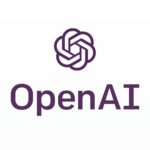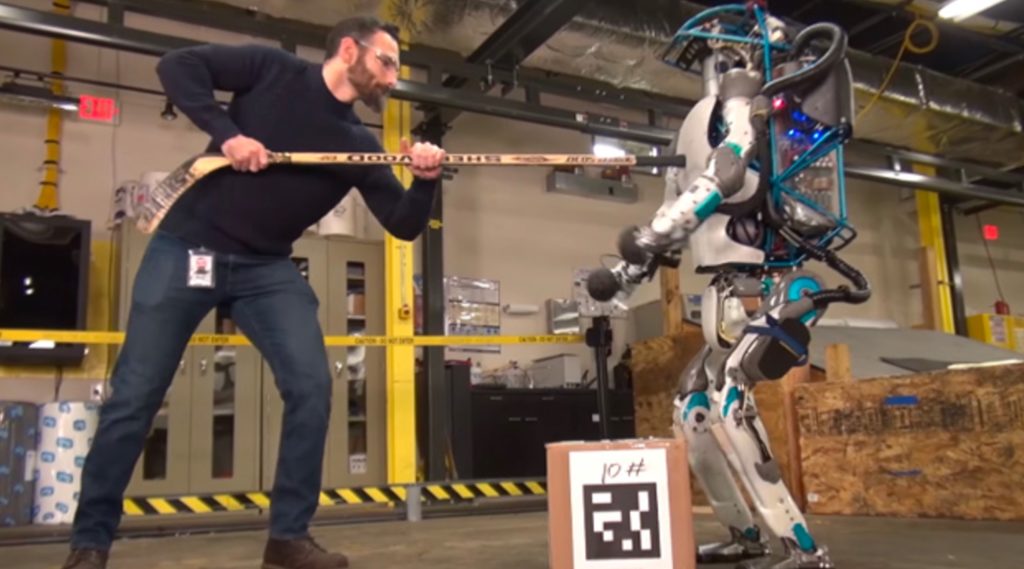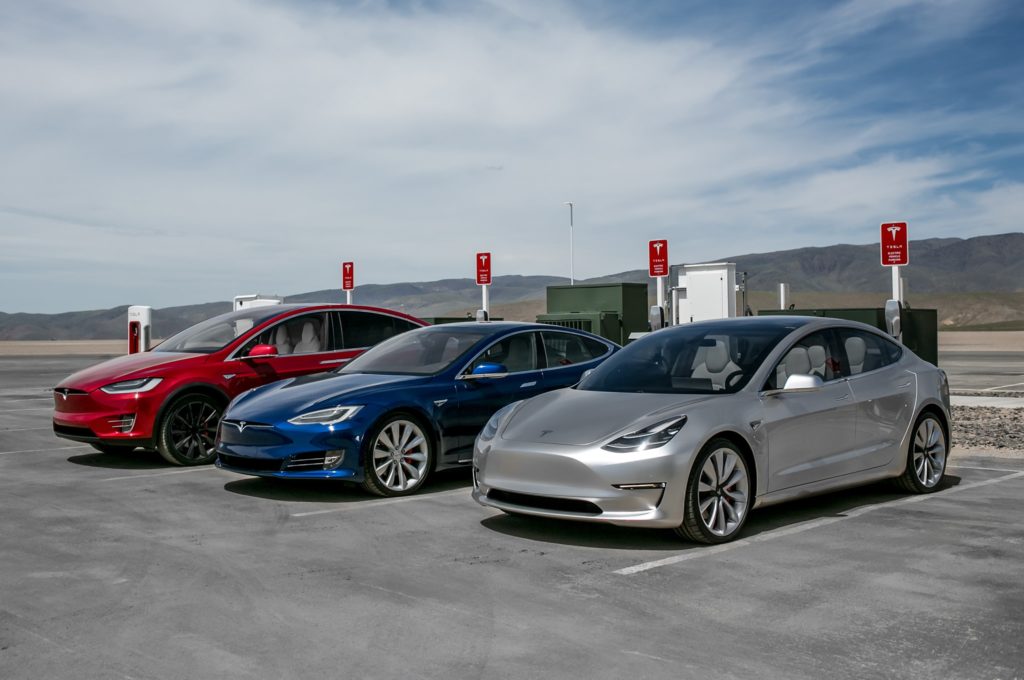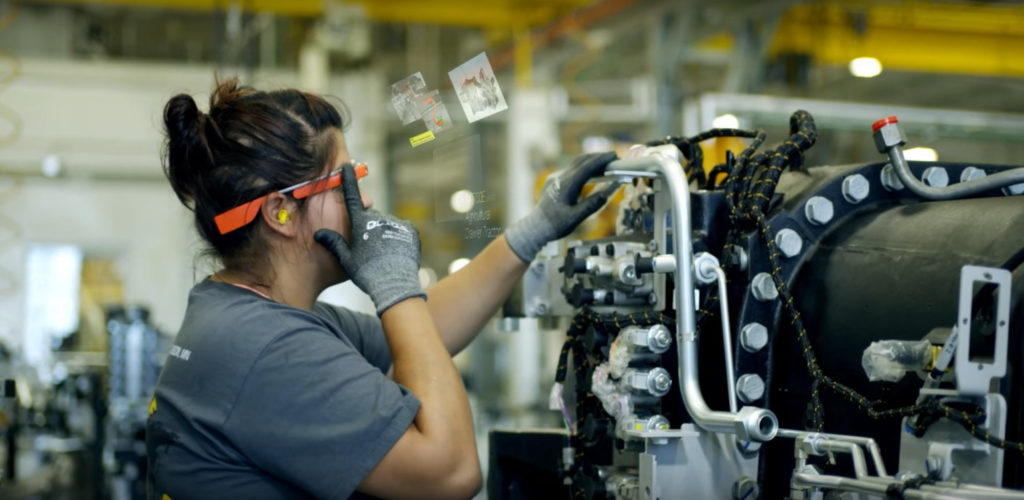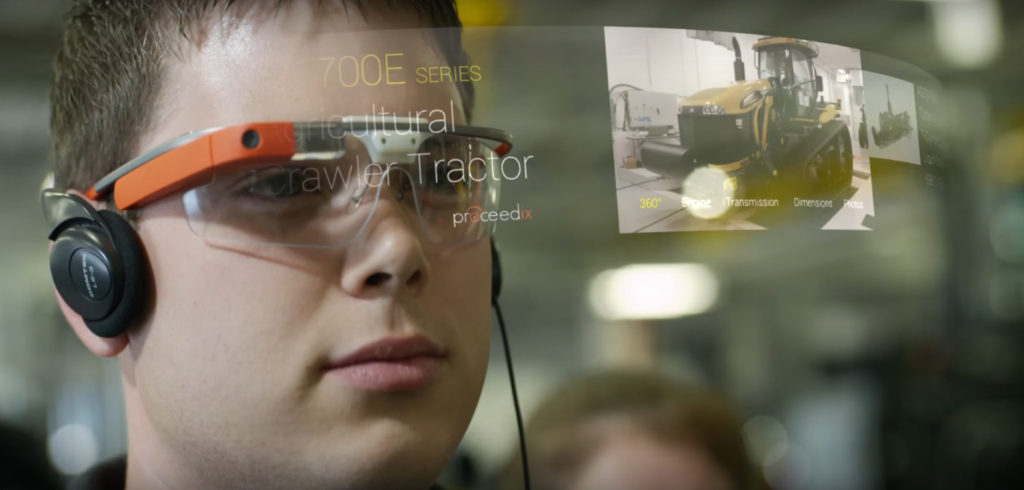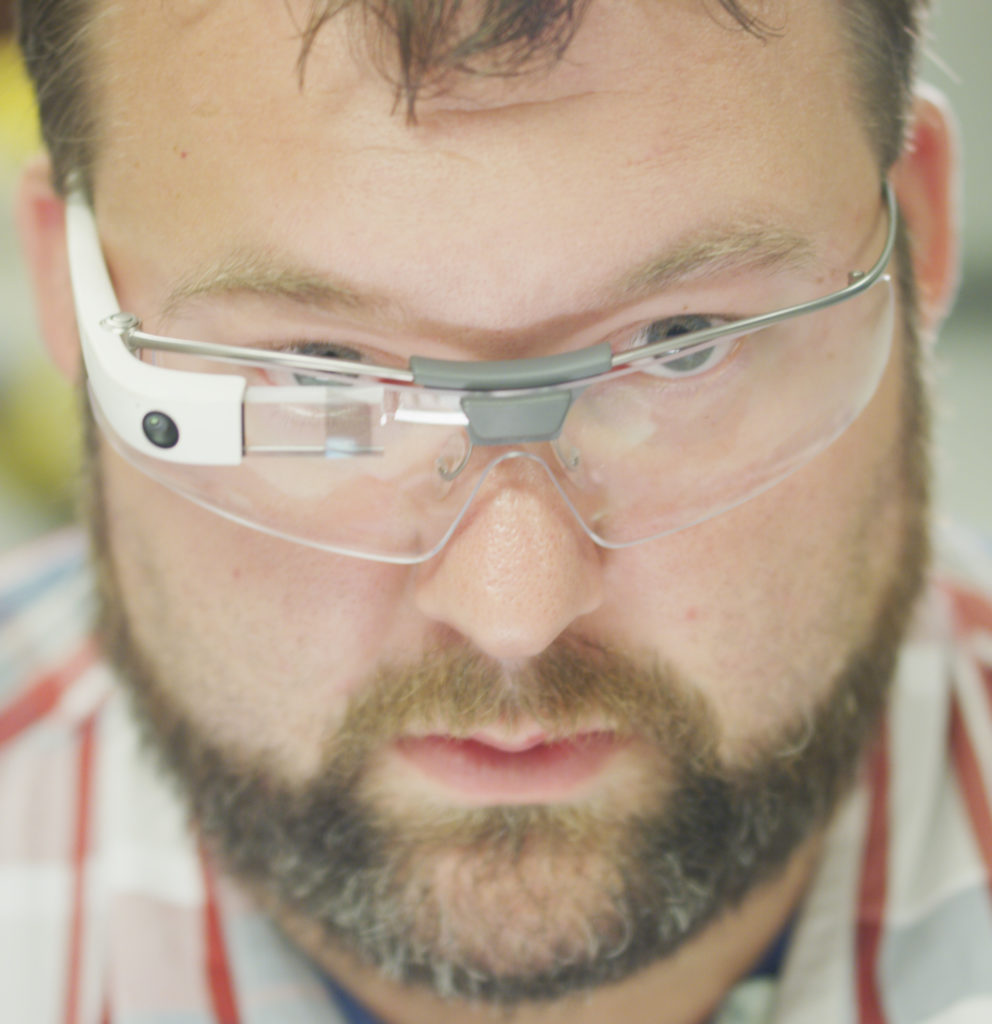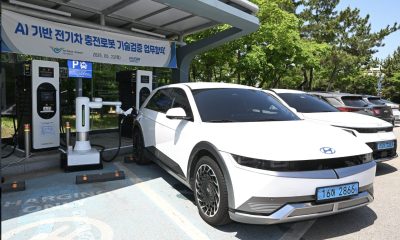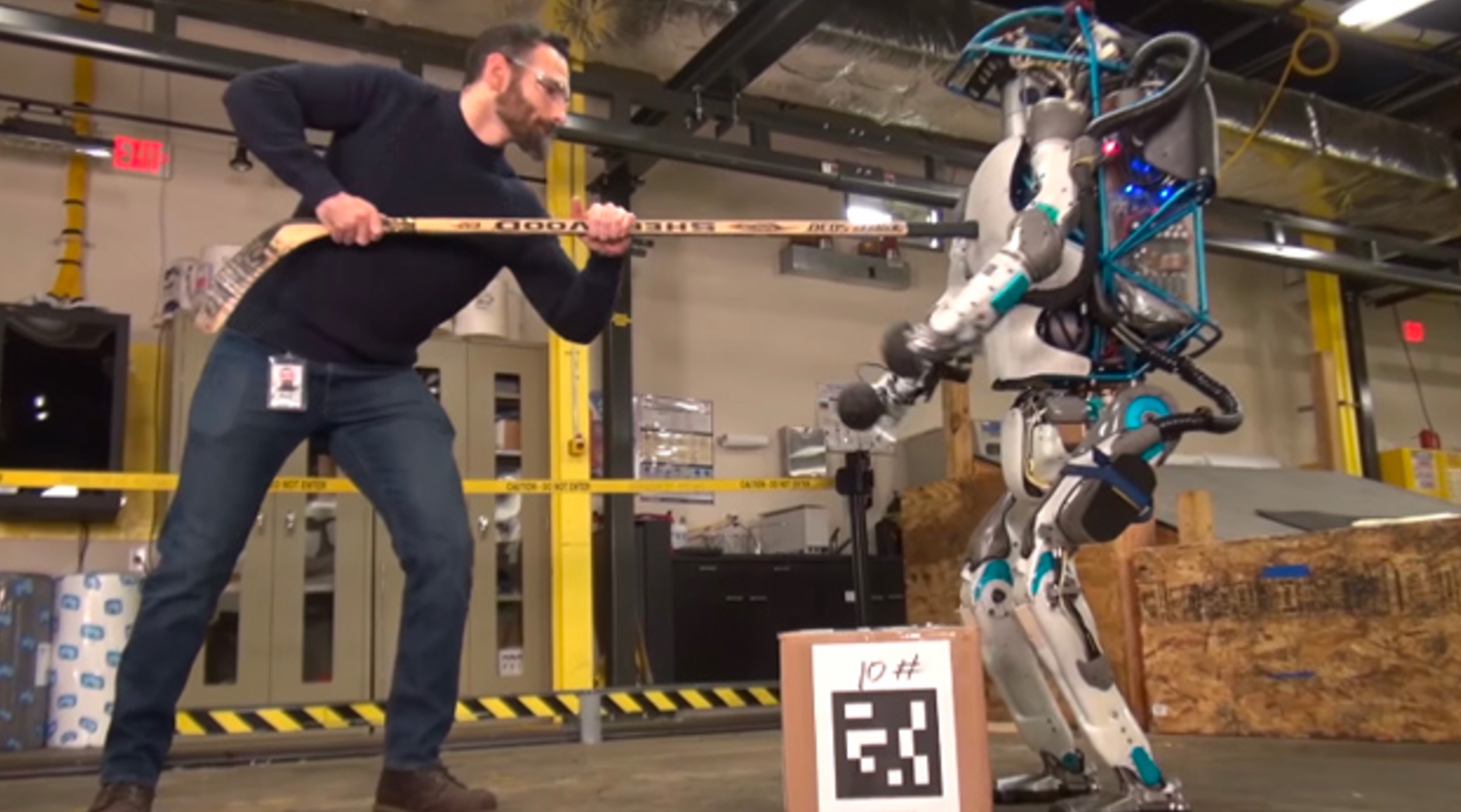

Lifestyle
On the front lines of AI automation, cooperation is key
Over the winding course of the last two or so decades, the world as a whole has experienced wave after wave of cycles of technological development and disruption. Uninterrupted telecommunications, handheld computing, robotics, and artificial intelligence have progressed and proliferated in ways that were not broadly anticipated, and they did so at a pace often faster than predicted.
Recently on the minds of many prominent academic philosophers and less-than-academic laypersons are topics of human-AI interaction both in the present and future. Far more publicly visible is the popular coverage and “discourse” that has over the last several years latched onto a near-universal Zeitgeist of fear and anxiety about artificial intelligence, robotics, and how their cooperation might hasten or enable the obsolescence of purely biological humans.
Yes, Elon has a company for it
Elon Musk is in no way ignorant of these plausible existential risks, and is personally involved in at least two current ventures attempting to better direct scientific and technological resources towards rational solutions and mediation. OpenAI, begun in 2015 as an non-profit for open source artificial intelligence research and development, currently has an endowment of approximately $1 billion and Musk reports spending at least a couple hours of his notoriously busy week with the company. Not one to ever solely tackle the abstract, Musk also cofounded Neuralink, a nanotechnology company hoping to develop a “high bandwidth interface for the nervous system”, in early 2017. Neuralink’s hope is to ensure that humans remain competitive with ever-improving artificial intelligence, particularly once AI reaches a level of general intelligence at or above that of humans.
- While we have no clue what Neuralink’s stealthed work has produced, it’s perhaps the most long-term venture Musk has started. The path to market for medical devices is very long and even more expensive.
Together, OpenAI and Neuralink provide a cohesive narrative. While OpenAI hopes to prevent artificial intelligence from developing or being used in such a way that it harms humanity, the company simultaneously argues that it is “hard to fathom how much human-level AI could benefit society”. Even so, AI with general capabilities equal to or greater than those of humans would inherently create a sort of societal redundancy, whereby AI would combine most of the benefits of human intelligence with the many ways computers are superior to biological computation. The lack of biological limitations would immediately place any AI ahead of any human with comparable capabilities, without even beginning to explore the reality that AI can logically be improved over time through software and hardware updates in ways that humans simply cannot compete with. Neuralink hopes to slip around this logical problem by directly supplementing the human mind with technological elements that might eventually allow for the effortless and intuitive integration of biological and artificial intelligence.
The idea is admittedly Gibsonian upon first examination, in spite of the fact that the concept has almost never been explored thoroughly, even in fiction. A crude idea of what such a technological might feel like can be found by examining less direct examples like Tony Stark’s Jarvis, or even modern day pocketable AI like Siri and Google Assistant. While the immediate thought of having Apple’s Siri as the voice in your head might give some (including the author) spine-tingling shivers of sheer terror, the reality would almost certainly be far more slick. Assuming artificial intelligence continues to rapidly improve and eventually becomes capable of passing the Turing Test, imagine instead the utility and genius of Jarvis directly interfaced with your mind. Rather than using the painfully slow and imprecise bottleneck of human speech, this intelligent and conscious assistant would communicate with you far faster than any human could communicate otherwise. Such an interface would further allow humans to communicate and interact with each other far more efficiently and effectively.
Regardless, talk of superintelligent AI implants is all but highly speculative in the present and is highly unlikely to exist in the near future, barring any sort of paradigmatic and exponential leaps in science and technology over the next few years. The current reality of AI in the eyes of the general public revolves around nonsensical and uninformed fearmongering, largely due to bad reporting on complex scientific research.
The threats of workplace automation
Far more pressing, although considerably less publicized, is the threat of robotic automation of specific tasks and jobs typically performed by humans. This technologically-based economic displacement has regularly occurred throughout the history of humanity, but robotic automation has the potential to completely disrupt economic systems based upon capitalism. Without prompt and aggressive responses to the growing threat of automation, fears of increased economic inequality are arguably warranted. In its current nascent state, automation technology is focused largely on manufacturing.
Somewhat ironically, over the course of the development and construction of Tesla’s Gigafactory 1, cofounder Elon Musk has taken to discussing the highly automated factory as the cornerstone of manufacturing affordable EVs at extremely high volumes.
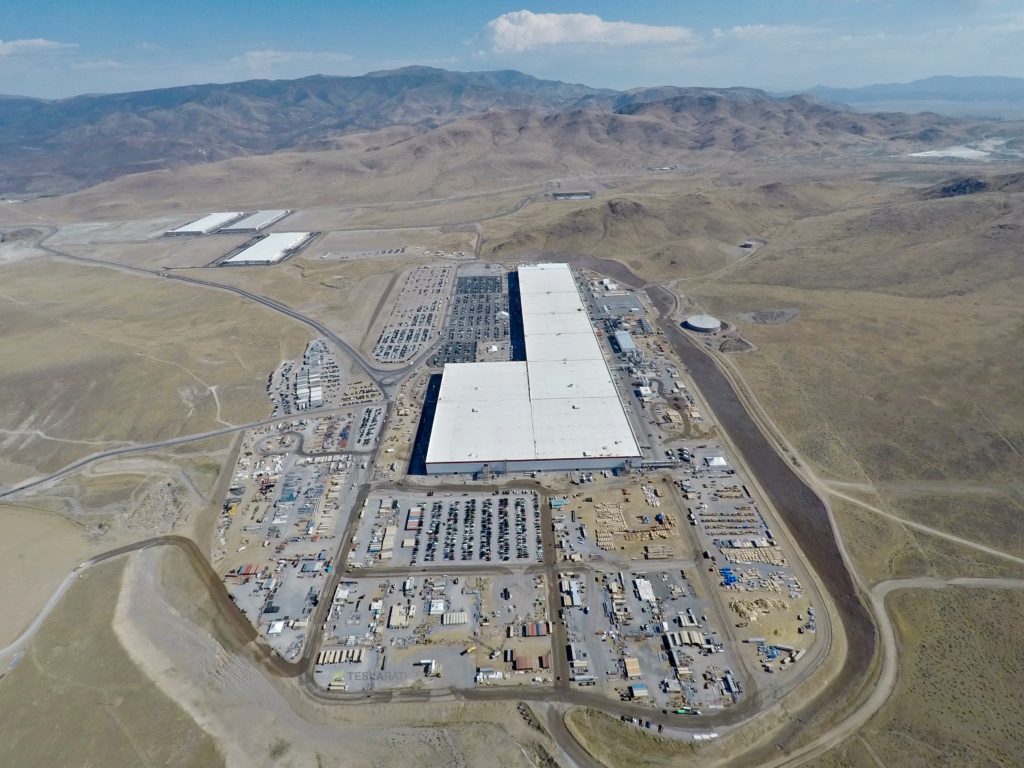
Tesla Gigafactory photos from July 2017 reveal new land being graded for expansion
Even more ironically, the pursuit of a high level of automation in the Gigafactory and the company’s Fremont facilities has been partially motivated by extremely high demand for Tesla’s Model 3, of which fully autonomous self-driving capabilities have been a major source of excitement and publicity. Musk and Tesla eventually hope to offer true autonomy to recently manufactured vehicles by way of a software update, and the company eventually wants to introduce a “Tesla Network” where an owner’s car can be allowed to act as a self-driving taxi when not in use, thus logically earning its owner money. While today’s “gig economy” has enabled some form of flexibility and freedom, it has also allowed for large corporations to more easily exploit its workers. Furthermore, companies like Uber and Lyft are aggressively engaged in the development of their own autonomous driving systems, given the potentially lucrative margins autonomous taxi services might offer their shareholders.
In relatively free economies that encourage competition between corporate entities, even the most empathetic and philanthropic companies must inherently remain competitive to ensure their continued existences. In the likely event that technology continues to expand and improve its affordable alternatives to human labor, the only conceivable methods of safeguarding humanity involve universal corporate cooperation to forego profit margins and the desires of shareholders, aggressive and intelligent government regulation, or the improvement humans in order for them to remain competitive. For reasons too broad to discuss here, the first two methods are arguably very unlikely to happen to or to at least occur in a beneficial manner.
While the actual social and economic issues that are behind and will be created by the issue of automation are vast, abstract, and horrifyingly complex, the third option, however, just might work in the interim. Elon Musk has storied and largely successful history of exploiting the competitive market in order to introduce products that seek to intrinsically benefit humanity as a whole. While financially assisted by NASA, SpaceX managed to efficiently develop a uniquely affordable launch vehicle that has since captured a large market share of the launch industry. The eventual profits from this and other interconnected goals will fund and attempt to make humanity multiplanetary, thus protecting our species from single-planet mass extinction events. Tesla pursued the development of high quality electric vehicles that consumers then chose to purchase in volumes that outclassed their competitors, which allowed them to fund the development of a mass-market EV that might rapidly hasten humanity’s move away from gasoline-driven cars. SolarCity, now a part of Tesla, pursued different economic models that worked to make solar installations viable for private homes. With SolarCity now integrated into Tesla’s Energy branch, the company will be able to sell beautiful, long-lasting solar roofs and affordable electric vehicles at the same time, to the same customer.
To put it simply, Elon Musk strives to create uniquely capable and affordable products that strategically benefit humanity. If a company can create an exceptionally competitive product that also happens to benefit the world and the consumer, then a lightly regulated economy can in fact be manipulated into accomplishing abstract, philanthropic, and long-term goals. Neuralink and OpenAI are arguably the most difficult challenges yet for Musk’s strategy, given the chronic immaturity of both the science and technology needed in relation to their purposes. From a theoretical perspective, however, the potential draw of products and knowledge the companies might create are obvious. A true high-bandwidth neural interface for humans could provide a vast array of beneficial uses, ranging from memory improvement to things like the ability to instantaneously learn new skills. The reality that the project will undoubtedly require a better understanding of human consciousness is also certain to be a major source of intrigue for the general public, as well as those interested in studying neuroscience and medicine in general.
- Tesla’s Model S, X, and 3. (Motor Trend)
- SpaceX’s Falcon 9 has become a force to be reckoned with in the competitive global launch industry. (SpaceX)
Success on the front lines
While the prospect of a future of highly intelligent AI and equally capable robotics is daunting and easily exploited to strike fear into the hearts of non-experts, there are plenty of reasons to remain optimistic that the worst-case scenarios often treated as inevitable are highly unlikely. Enter an unusual and controversial piece of technology: Google Glass. Initially released in 2013 as a developer-focused experiment, the device immediately rose into the publicly eye after several unfortunate occurrences, gaining a considerable degree of mockery and disapproval. While its failure as a consumer technology was effectively guaranteed shortly after its limited release, the device has since become an invaluable tool and steady niche market for manufacturing companies and several other industries. More recently, Google became aware of this growing niche use-case and worked with the companies using it to develop a new, enterprise-focused version of Glass, which was publicly acknowledged and released earlier this year.
The most extraordinary aspect of this already-intriguing story is the reception the device has received at the companies that have been trialling it over the last several years. Not only has the relatively simple augmented reality device become a sign of things to come for the future of manufacturing workers, the companies that have taken to it have begun to report truly amazing benefits realized through its use. It has been credited with cutting necessary training times from 10 days to 3 days, making the completion of tedious and complex tasks as much as 25-30% faster, improving the efficiency of warehouse workers by more than half, and drastically lowering error rates when using torque wrenches.
AGCO, a massive agriculture-focused manufacturing company, plans to aggressively grow the number of workers using the devices on their factory floors. DHL has begun the process of incorporating Glass Enterprise Edition into the workflow of every single one of their 2000+ distribution facilities around the world. The device has also shown significant utility in fields related to health care, and is being trialled by Sutter Health, based in Northern California. The success seen with Glass in these fields flies in the face of automation fear-mongering, particularly given the common attribution of manufacturing jobs as those most at risk from automation. The fact that high-profile economic advisers of massive corporations believe that “combinations of humans and machines outperform either working alone [for many jobs]” is a testimony to the potential of humans augmented by computers. Even if or when robotic alternatives become more affordable than human workers, it is clear that augmenting humans can result in efficiency and effectiveness that can easily rival purely autonomous systems of manufacturing, particularly for more complex tasks. At some point, it becomes the only rational path forward when automating tasks might cost a company tens or hundreds of thousands of dollars up front per worker, while adopting forms of worker augmentation could be expected to cost $1,000-$5,000 each (Glass EE is about $1,500).
- (AGCO)
- (AGCO)
- (AGCO)
The future is bright
There are still plenty of reasons to retain hope for the future of human-robot and human-AI cooperation and coexistence. While it is impossible to deny that there will always be uncertainty about what might or what could occur, real world examples of the reality of those relationships suggest that the future could be bright. Just recently, OpenAI revealed that it has developed AI capable of beating the best known humans of a highly complex modern video game, Defense of the Ancients 2 (Dota 2). Future goals for the AI include building a full five-person team of AIs, and eventually integrating the AIs they develop into teams of humans in the hope of surpassing either humans or AI working by themselves. The corollaries with the success of Google Glass EE are obvious, but the consequences of OpenAI successfully pursuing human-AI cooperation in complex and unintuitive environments would be vastly more significant. While cooperative human-AI gaming might not seem consequential, even if successful, it opens the door for the development of more tangible, realistic applications.
Of course, it is still rational and arguably necessary to work to safeguard humanity from the potentially worrisome outcomes, and companies like OpenAI and Neuralink will undoubtedly continue to pursue their ultimate goals of doing so. At the worst, they can be expected to develop technologies and knowledge that have the potential to benefit humanity as a whole. Neutral, cooperative AI would be truly incredible on its own, as would a truly high bandwidth, multipurpose neural interface for humans. Whatever outcomes the future holds, humanity is clearly standing on the edge of many a precipice of far-reaching technological disruption. Stay tuned.
Elon Musk
X account with 184 followers inadvertently saves US space program amid Musk-Trump row
Needless to say, the X user has far more than 184 followers today after his level-headed feat.
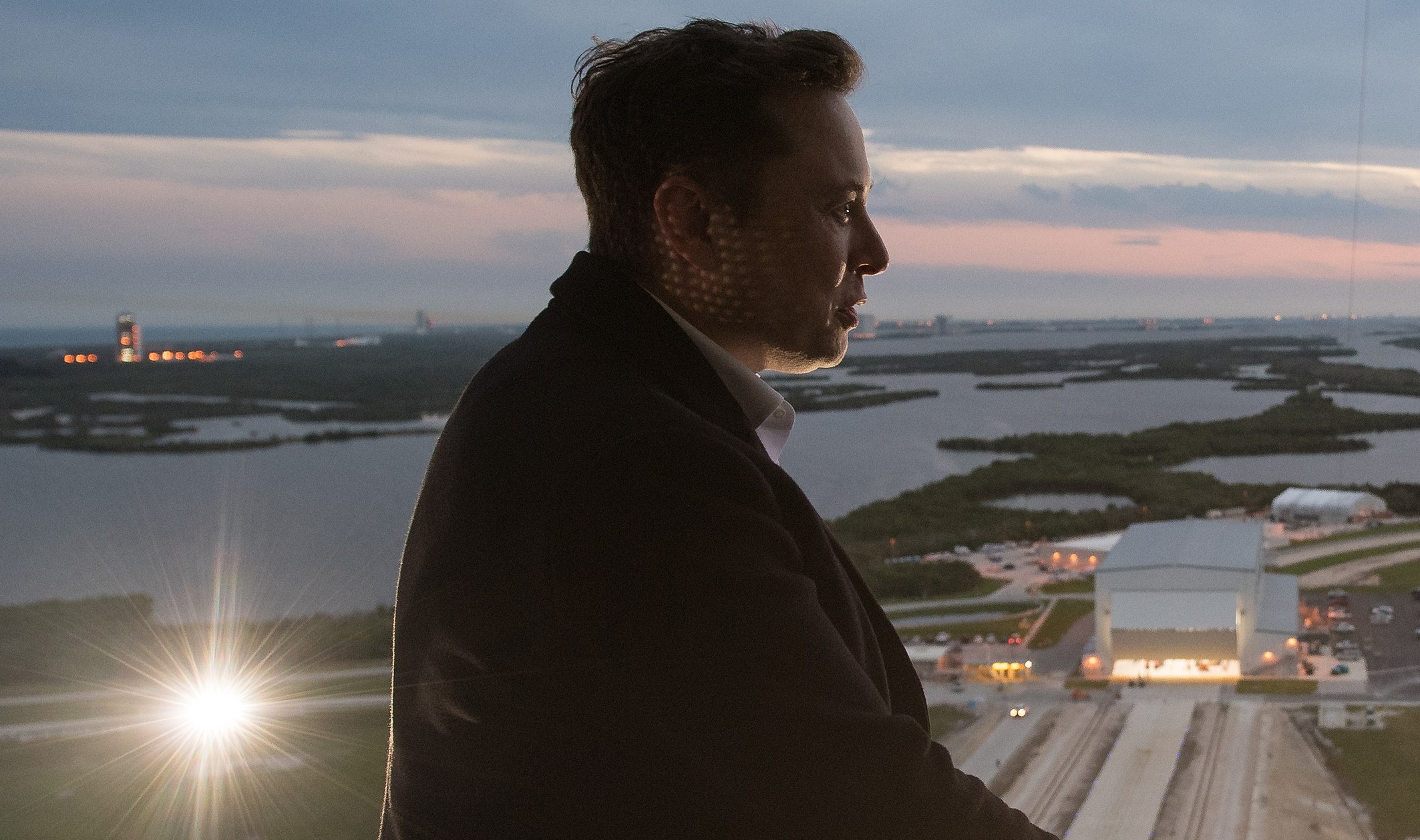
An X user with 184 followers has become the unlikely hero of the United States’ space program by effectively de-escalating a row between SpaceX CEO Elon Musk and President Donald Trump on social media.
Needless to say, the X user has far more than 184 followers today after his level-headed feat.
A Near Fall
During Elon Musk and Donald Trump’s fallout last week, the U.S. President stated in a post on Truth Social that a good way for the United States government to save money would be to terminate subsidies and contracts from the CEO’s companies. Musk responded to Trump’s post by stating that SpaceX will start decommissioning its Dragon spacecraft immediately.
Musk’s comment was received with shock among the space community, partly because the U.S. space program is currently reliant on SpaceX to send supplies and astronauts to the International Space Station (ISS). Without Dragon, the United States will likely have to utilize Russia’s Soyuz for the same services—at a significantly higher price.
X User to the Rescue
It was evident among X users that Musk’s comments about Dragon being decommissioned were posted while emotions were high. It was then no surprise that an X account with 184 followers, @Fab25june, commented on Musk’s post, urging the CEO to rethink his decision. “This is a shame this back and forth. You are both better than this. Cool off and take a step back for a couple days,” the X user wrote in a reply.
Much to the social media platform’s surprise, Musk responded to the user. Even more surprising, the CEO stated that SpaceX would not be decommissioning Dragon after all. “Good advice. Ok, we won’t decommission Dragon,” Musk wrote in a post on X.
Not Planned, But Welcomed
The X user’s comment and Musk’s response were received extremely well by social media users, many of whom noted that @Fab25june’s X comment effectively saved the U.S. space program. In a follow-up comment, the X user, who has over 9,100 followers as of writing, stated that he did not really plan on being a mediator between Musk and Trump.
“Elon Musk replied to me. Somehow, I became the accidental peace broker between two billionaires. I didn’t plan this. I was just being me. Two great minds can do wonders. Sometimes, all it takes is a breather. Grateful for every like, DM, and new follow. Life’s weird. The internet’s weirder. Let’s ride. (Manifesting peace… and maybe a Model Y.)” the X user wrote.
Lifestyle
Tesla Cybertruck takes a bump from epic failing Dodge Charger
The Cybertruck seemed unharmed by the charging Charger.

There comes a time in a driver’s life when one is faced with one’s limitations. For the driver of a Dodge Charger, this time came when he lost control and crashed into a Tesla Cybertruck–an absolute epic fail.
A video of the rather unfortunate incident was shared on the r/TeslaLounge subreddit.
Charging Charger Fails
As could be seen in the video, which was posted on the subreddit by Model Y owner u/Hammer_of_something, a group of teens in a Dodge Charger decided to do some burnouts at a Tesla Supercharger. Unfortunately, the driver of the Charger failed in his burnout or donut attempt, resulting in the mopar sedan going over a curb and bumping a charging Cybertruck.
Ironically, the Dodge Charger seemed to have been parked at a Supercharger stall before its driver decided to perform the failed stunt. This suggests that the vehicle was likely ICE-ing a charging stall before it had its epic fail moment. Amusingly enough, the subreddit member noted that the Cybertruck did not seem like it took any damage at all despite its bump. The Charger, however, seemed like it ran into some trouble after crashing into the truck.
Alleged Aftermath
As per the the r/TeslaLounge subreddit member, the Cybertruck owner came rushing out to his vehicle after the Dodge Charger crashed into it. The Model Y owner then sent over the full video of the incident, which clearly showed the Charger attempting a burnout, failing, and bumping into the Cybertruck. The Cybertruck owner likely appreciated the video, in part because it showed the driver of the Dodge Charger absolutely freaking out after the incident.
The Cybertruck is not an impregnable vehicle, but it can take bumps pretty well thanks to its thick stainless steel body. Based on this video, it appears that the Cybertruck can even take bumps from a charging Charger, all while chilling and charging at a Supercharger. As for the teens in the Dodge, they likely had to provide a long explanation to authorities after the incident, since the cops were called to the location.
Lifestyle
Anti-Elon Musk group crushes Tesla Model 3 with Sherman tank–with unexpected results
Ironically enough, the group’s video ended up highlighting something very positive for Tesla.

Anti-Elon Musk protesters and critics tend to show their disdain for the CEO in various ways, but a recent video from political action group Led By Donkeys definitely takes the cake when it comes to creativity.
Ironially enough, the group’s video also ended up highlighting something very positive for Tesla.
Tank vs. Tesla
In its video, Led By Donkeys featured Ken Turner, a 98-year-old veteran who served in the British army during World War II. The veteran stated that Elon Musk, the richest man in the world, is “using his immense power to support the far-right in Europe, and his money comes from Tesla cars.”
He also noted that he had a message for the Tesla CEO: “We’ve crushed fascism before and we’ll crush it again.” To emphasize his point, the veteran proceeded to drive a Sherman tank over a blue Tesla Model 3 sedan, which, of course, had a plate that read “Fascism.”
The heavy tank crushed the Model 3’s glass roof and windows, much to the delight of Led By Donkeys’ commenters on its official YouTube channel. But at the end of it all, the aftermath of the anti-Elon Musk demonstration ended up showcasing something positive for the electric vehicle maker.
Tesla Model 3 Tanks the Tank?
As could be seen from the wreckage of the Tesla Model 3 after its Sherman encounter, only the glass roof and windows of the all-electric sedan were crushed. Looking at the wreckage of the Model 3, it seemed like its doors could still be opened, and everything on its lower section looked intact.
Considering that a standard M4 Sherman weighs about 66,800 to 84,000 pounds, the Model 3 actually weathered the tank’s assault really well. Granted, the vehicle’s suspension height before the political action group’s demonstration suggests that the Model 3’s high voltage battery had been removed beforehand. But even if it hadn’t been taken off, it seemed like the vehicle’s battery would have survived the heavy ordeal without much incident.
This was highlighted in comments from users on social media platform X, many of whom noted that a person in the Model 3 could very well have survived the ordeal with the Sherman. And that, ultimately, just speaks to the safety of Tesla’s vehicles. There is a reason why Teslas consistently rank among the safest cars on the road, after all.
-

 Elon Musk3 days ago
Elon Musk3 days agoTesla investors will be shocked by Jim Cramer’s latest assessment
-

 News1 week ago
News1 week agoTesla Robotaxi’s biggest challenge seems to be this one thing
-

 News2 weeks ago
News2 weeks agoTexas lawmakers urge Tesla to delay Austin robotaxi launch to September
-

 Elon Musk2 weeks ago
Elon Musk2 weeks agoFirst Look at Tesla’s Robotaxi App: features, design, and more
-

 Elon Musk2 weeks ago
Elon Musk2 weeks agoxAI’s Grok 3 partners with Oracle Cloud for corporate AI innovation
-

 News2 weeks ago
News2 weeks agoSpaceX and Elon Musk share insights on Starship Ship 36’s RUD
-

 News2 weeks ago
News2 weeks agoWatch Tesla’s first driverless public Robotaxi rides in Texas
-

 News2 weeks ago
News2 weeks agoTesla has started rolling out initial round of Robotaxi invites


